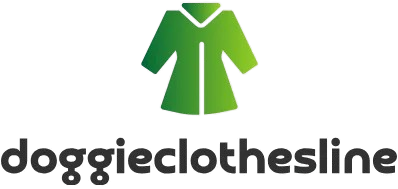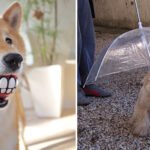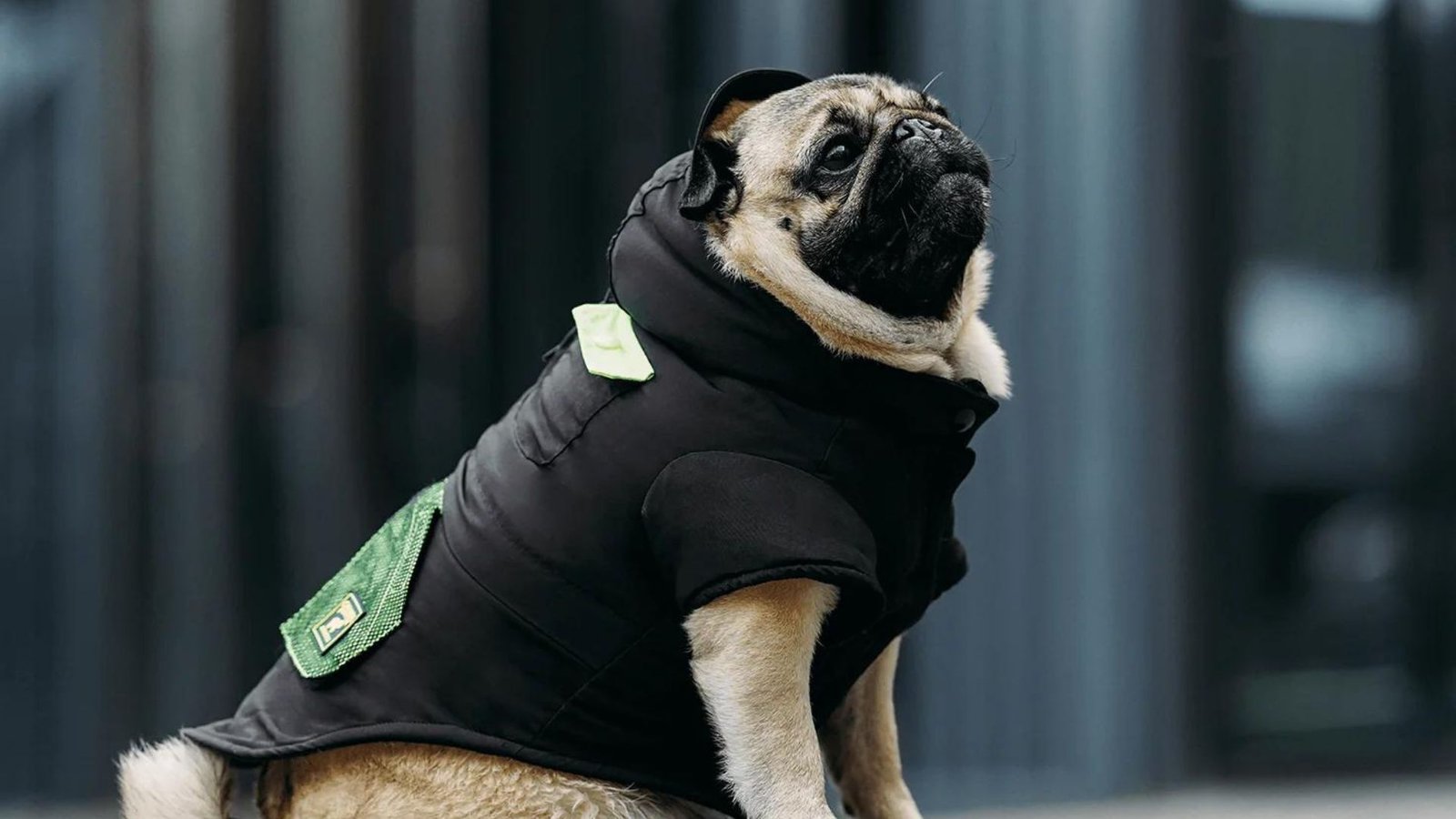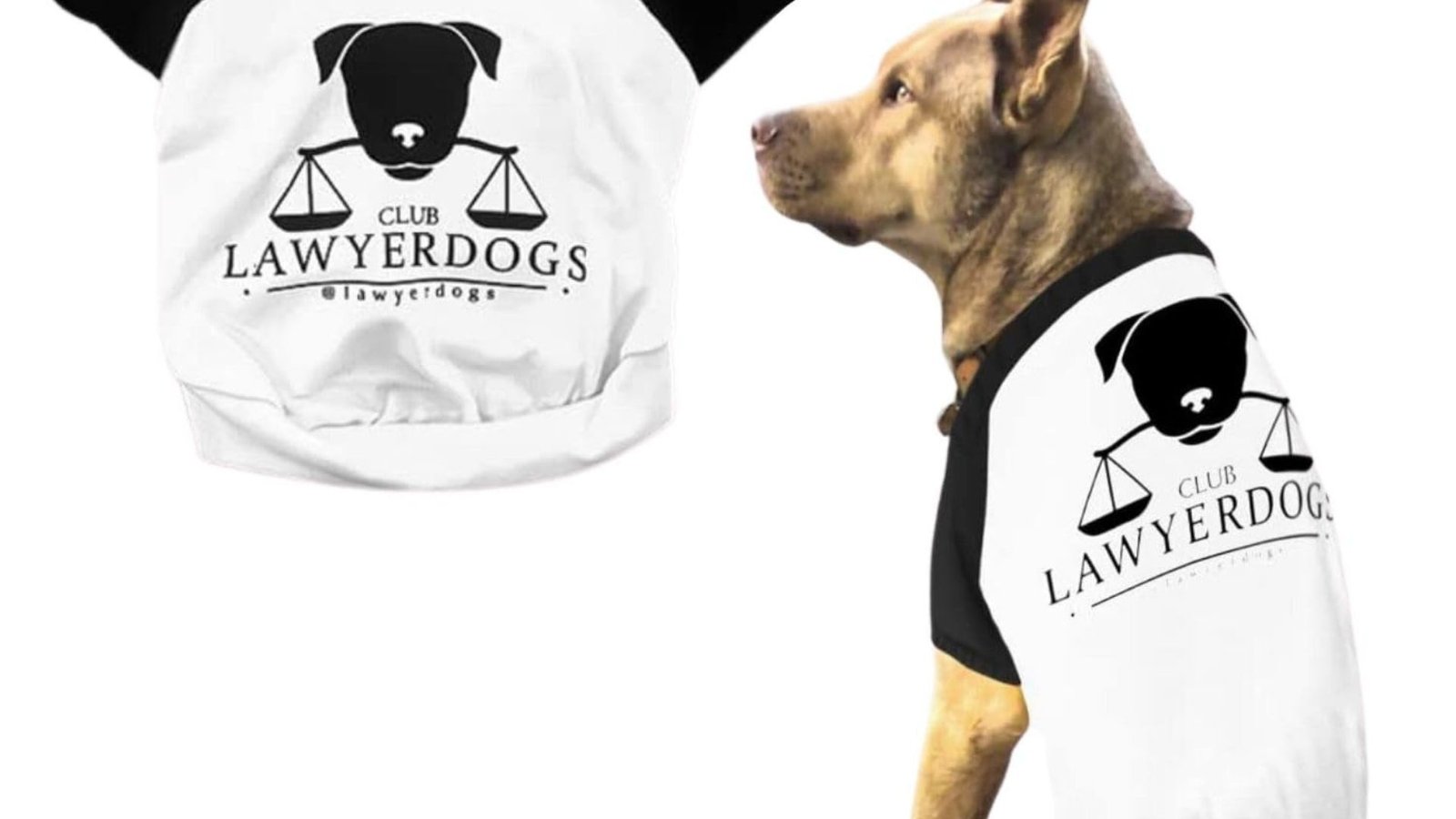As sustainability becomes increasingly important, eco-conscious dog owners are turning to sustainable dog clothing options. Discover eco-friendly brands that prioritize materials, production methods, and designs that minimize environmental impact.
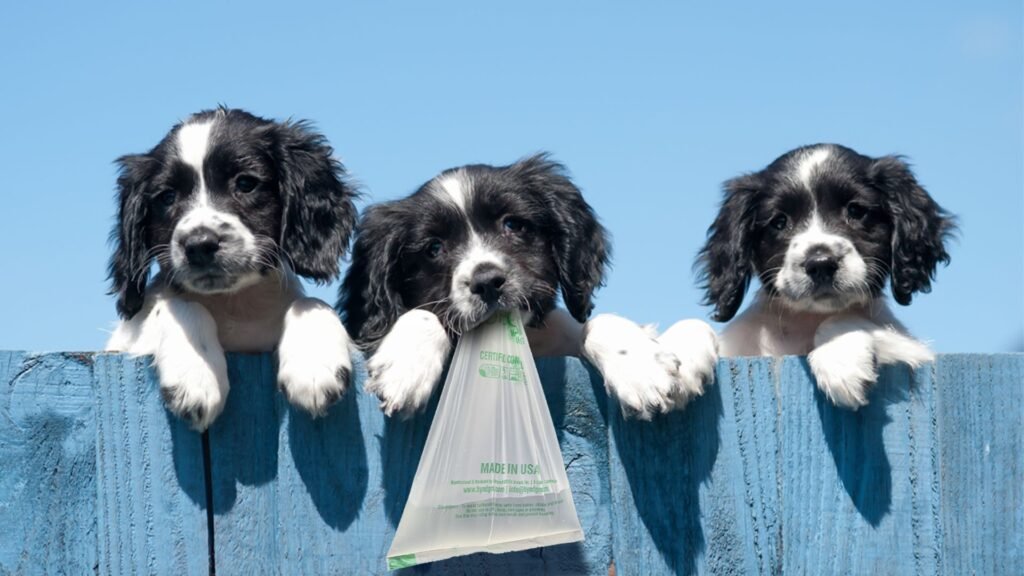
Eco-Friendly Materials
Leading sustainable dog clothing brands focus on using eco-friendly materials such as organic cotton, hemp, bamboo, and recycled fabrics. These materials are chosen for their minimal environmental impact, as they require fewer pesticides, water, and energy to produce compared to conventional fabrics. Organic cotton, for example, is grown without synthetic fertilizers or pesticides, promoting soil health and biodiversity.
Ethical Production Practices
Ethical considerations are integral to sustainable dog clothing brands. They prioritize fair labor practices throughout their supply chains, ensuring that workers receive fair wages, work in safe conditions, and are treated with respect. Transparency in sourcing and manufacturing processes is key, allowing consumers to make informed choices about the products they purchase.
Durability and Longevity
Sustainability in dog clothing goes beyond materials—it extends to durability and longevity. High-quality craftsmanship and durable materials ensure that these garments withstand the rigors of daily wear and maintain their quality over time. This durability reduces the frequency of replacements, thereby minimizing waste and contributing to a more sustainable lifestyle.
Minimalist and Functional Designs
Many eco-friendly dog clothing brands embrace minimalist and functional designs that prioritize practicality and comfort. These designs are tailored to meet the needs of dogs while considering ease of movement and adaptability to different weather conditions. Adjustable fits, breathable fabrics, and easy-care features enhance the usability and longevity of the clothing.
Recycling and Upcycling Initiatives
Some sustainable dog clothing brands incorporate recycling and upcycling initiatives into their business models. They repurpose materials from post-consumer waste or previous collections to create new garments, reducing the demand for virgin resources and diverting waste from landfills. This circular approach to production aligns with principles of a circular economy and reduces the environmental footprint of dog clothing.
Community and Environmental Impact
Beyond their products, sustainable dog clothing brands often engage in community and environmental initiatives. This may include partnerships with animal welfare organizations, donations to environmental causes, or educational campaigns on sustainable pet ownership. By supporting these brands, consumers contribute to positive social and environmental outcomes beyond their own pet’s wardrobe.
Final Thoughts
Choosing sustainable dog clothing from eco-friendly brands allows pet owners to support environmentally conscious practices while providing their dogs with comfortable and stylish attire. From eco-friendly materials and ethical production practices to durability, functionality, and community impact, these brands offer thoughtful alternatives that align with a sustainable lifestyle.
